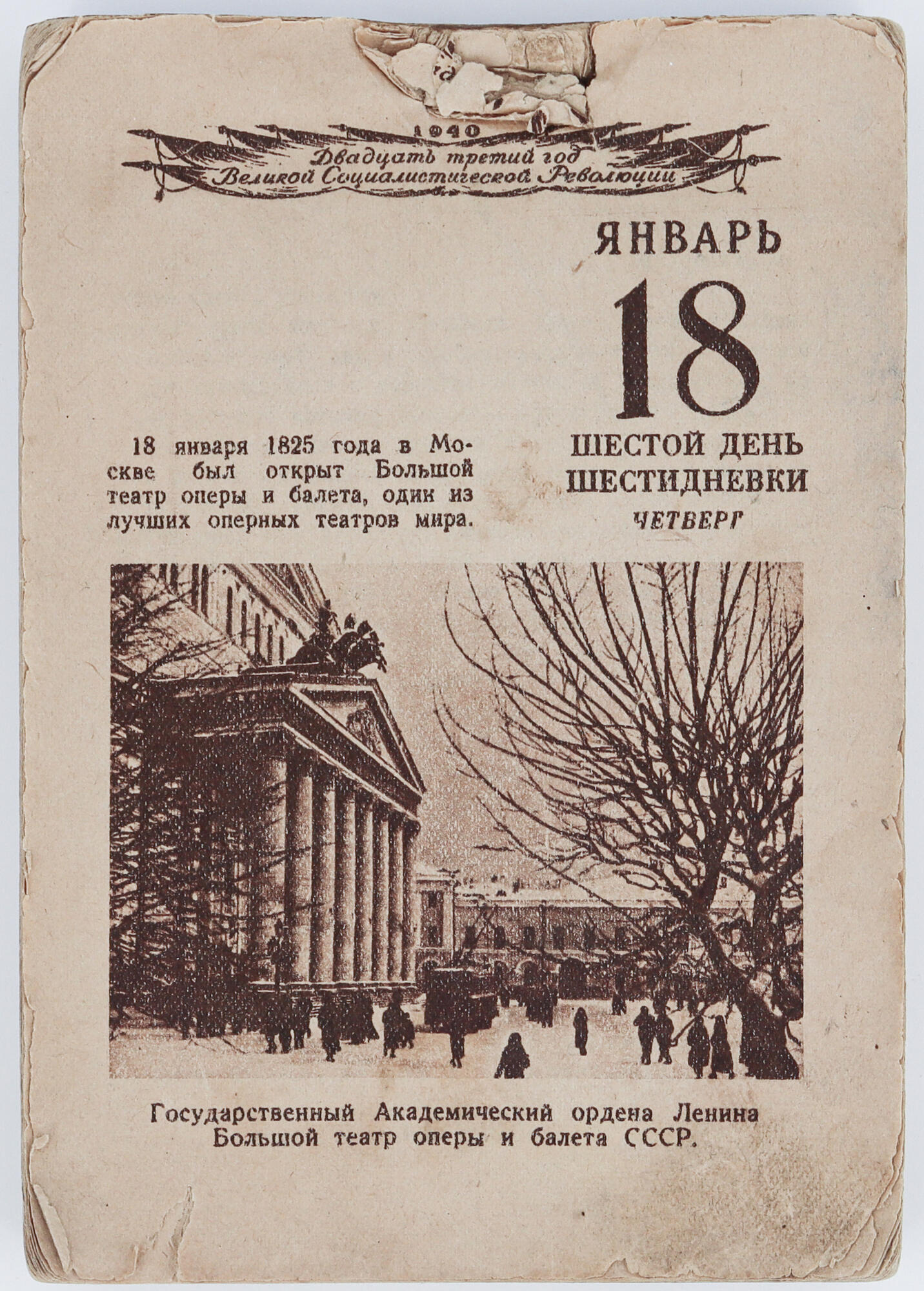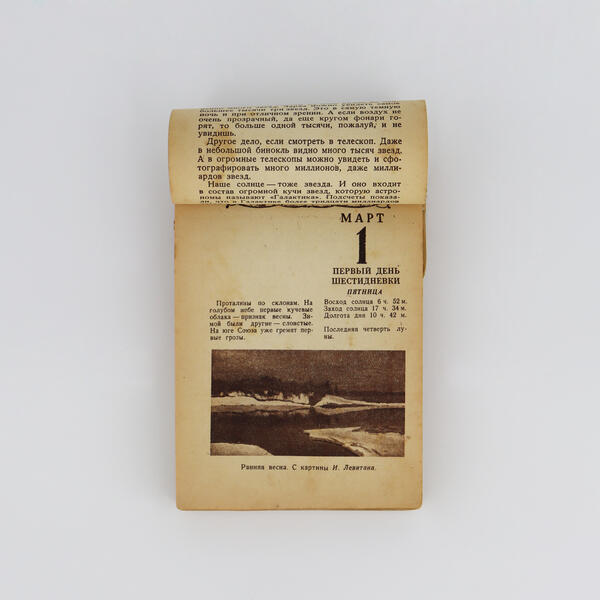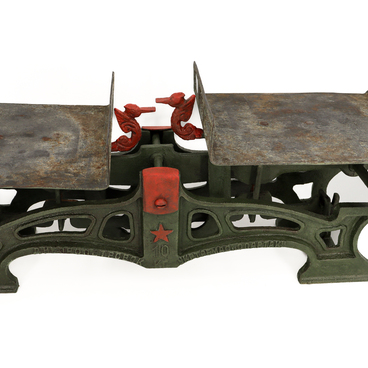The word “calendar” came from ancient Rome. It was derived from the word for debtor’s account books, where the interest was documented monthly. There were three types of calendars: solar, lunar, and lunisolar. The first type was the most common one: it was based on the movement of the Sun, making it possible to establish the day and year.
One of the first to use the calendar was the ancient people of Sumer. Later, Babylonian priests determined that the year consisted of 365.6 days.
In 46 BC, Gaius Julius Caesar introduced the Julian calendar (also called Old Style calendar). This was necessary since the existing Roman calendar was very different from the solar one: at that time, it was already 90 days ahead. The new calendar was based on the annual motion of the Sun through the twelve constellations making up the zodiac. According to the emperor’s decree, the year began on January 1.
The second significant reform was introduced by Pope Gregory XIII in 1582 — a new calendar called Gregorian (also known as New Style calendar). The changes were dictated by the fact that the day of the vernal equinox, which is very important for setting the dates of religious holidays, was gradually moving throughout the years, and as a result came earlier and earlier every time.
One of the first to use the calendar was the ancient people of Sumer. Later, Babylonian priests determined that the year consisted of 365.6 days.
In 46 BC, Gaius Julius Caesar introduced the Julian calendar (also called Old Style calendar). This was necessary since the existing Roman calendar was very different from the solar one: at that time, it was already 90 days ahead. The new calendar was based on the annual motion of the Sun through the twelve constellations making up the zodiac. According to the emperor’s decree, the year began on January 1.
The second significant reform was introduced by Pope Gregory XIII in 1582 — a new calendar called Gregorian (also known as New Style calendar). The changes were dictated by the fact that the day of the vernal equinox, which is very important for setting the dates of religious holidays, was gradually moving throughout the years, and as a result came earlier and earlier every time.






